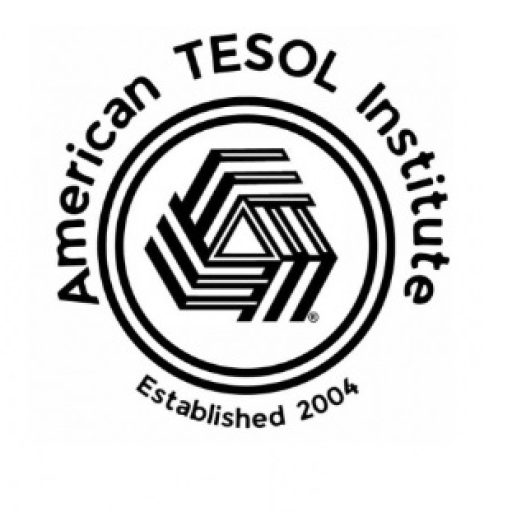Kyoto, often referred to as the cultural heart of Japan, offers a unique setting for TESOL teachers seeking a rewarding experience in a city rich with history, tradition, and spiritual depth. Teaching English in Kyoto goes beyond the typical language classroom; it’s an opportunity to immerse oneself in centuries-old traditions, experience the beauty of Japanese art, and gain insights into the ancient way of the samurai. As you explore Kyoto’s cultural heritage, you’ll find that teaching here becomes more than a job—it’s a journey through time.
Kyoto: A Gateway to Japan’s Past and Future
Kyoto served as Japan’s capital for over a thousand years, making it a repository of Japanese culture and history. With its historic temples, shrines, and gardens, Kyoto is the ideal city for those who want to connect with Japan’s past while contributing to its present. For TESOL teachers, Kyoto provides a serene yet vibrant setting to teach English, surrounded by landmarks that offer an authentic glimpse into Japan’s past.
From the iconic Kiyomizu-dera Temple to the serene paths of the Arashiyama Bamboo Grove, Kyoto’s surroundings create a peaceful yet inspiring environment for both teachers and students. The city’s slower pace and dedication to preserving traditional arts make it an ideal location for educators who seek to deepen their cultural understanding while making a positive impact on their students’ language skills.
The Influence of Samurai and the Spirit of Kami
Kyoto’s connection to the samurai, the noble warriors of Japan, adds a unique dimension to its cultural tapestry. The samurai’s way of life, rooted in discipline, loyalty, and spirituality, remains an essential part of Japan’s identity. For TESOL teachers, learning about the samurai ethos can provide valuable lessons in dedication, resilience, and respect—qualities that are highly valued in Japanese society and can be imparted to students.
In Shinto, the indigenous spirituality of Japan, the concept of “Kami” refers to spiritual essence and can be found in objects, people, and nature. This idea of Kami resonates in the preserved artifacts of Kyoto’s temples and shrines, where every stone, statue, and sword holds the spirit of those who came before. The samurai believed that their swords retained their spiritual energy even after they were gone, symbolizing the lasting impact of their existence. In a similar way, TESOL teachers in Kyoto can leave a lasting impact on their students, imparting both language skills and cultural understanding.
Teaching English in Kyoto: A Harmonious Blend of Tradition and Education
Kyoto’s educational landscape values cultural heritage and respects the teaching profession. English teachers in Kyoto often find themselves working with students who are eager to learn about Western perspectives while retaining a strong appreciation for their own cultural roots. This makes Kyoto an enriching environment for TESOL teachers who want to bring language learning alive by incorporating Japanese history and tradition into their lessons.
Here are a few ways TESOL teachers can incorporate Kyoto’s cultural richness into their teaching:
- Historical Lessons and Language Practice: Use Kyoto’s iconic sites, like the Golden Pavilion (Kinkaku-ji) and Fushimi Inari Shrine, as conversation topics. Encourage students to describe these locations in English, sharing their personal experiences or historical knowledge while practicing language skills.
- Cultural Exchange Projects: Create projects where students can explore the concepts of respect, discipline, and mindfulness, values rooted in samurai culture. Engage students in discussions on how these values can relate to modern life and English language learning.
- Language through Literature and Art: Introduce students to haiku and traditional Japanese poetry, which provide excellent opportunities to explore descriptive language and English vocabulary. You could even organize a field trip to Kyoto’s temples, encouraging students to write short poems in English inspired by the serene landscapes.
- Interactive Lessons on Japanese Festivals: Kyoto is known for festivals like Gion Matsuri and the Aoi Matsuri, where students can learn vocabulary related to traditional Japanese celebrations. Sharing stories or attending events can create a deeper connection to language learning.
A City of Geisha, Temples, and Timeless Beauty
Kyoto’s unique traditions, such as the artistry of the Geisha and the tranquility of its temples, create an environment where TESOL teachers can enjoy a harmonious blend of work and cultural exploration. The Geisha culture, with its focus on grace, etiquette, and the beauty of Japanese arts, adds a layer of sophistication and elegance to Kyoto’s atmosphere. For TESOL teachers, experiencing traditional tea ceremonies or Geisha performances provides insight into Japan’s refined art forms, enhancing their cultural competence and appreciation.
Additionally, Kyoto’s countless temples and statues depicting Buddha offer a peaceful atmosphere for self-reflection and inspiration. These sacred spaces remind teachers and students alike of the importance of mindfulness, patience, and reverence. Teaching in such an environment can foster a sense of calm and focus, qualities that can be incorporated into the learning experience.
Why Choose Kyoto for Your TESOL Journey?
For TESOL teachers, Kyoto is an ideal destination that balances educational opportunity with cultural enrichment. The city’s blend of modern conveniences and ancient traditions provides a unique backdrop for teaching, making it a fulfilling choice for those who seek to make a meaningful impact in their students’ lives.
Whether you’re inspired by the samurai’s enduring spirit, the tranquil beauty of Japanese temples, or the intricate art of the Geisha, Kyoto offers a profound environment to teach and learn. By choosing to teach English in Kyoto, you’re not only helping students build language skills but also contributing to a tradition of education and cross-cultural exchange that reflects Japan’s respect for learning and personal growth.
Embark on Your Teaching Adventure in Kyoto
Embrace the way of the samurai, discover the serenity of Kyoto’s temples, and experience a city where history and education intersect. Teaching English in Kyoto is more than a job; it’s a journey into the heart of Japan’s cultural soul. So, go ahead—embark on your teaching adventure in Kyoto, create memories that last, and leave an imprint in the lives of your students.
By teaching English in Kyoto, you’re joining a legacy of knowledge-sharing and cultural preservation, guiding your students through language while fostering mutual respect and understanding. It’s a once-in-a-lifetime opportunity to immerse yourself in a place where tradition meets the future, and where every lesson is a bridge between worlds.
Learn more about teaching English abroad in Kyoto, Japan.



